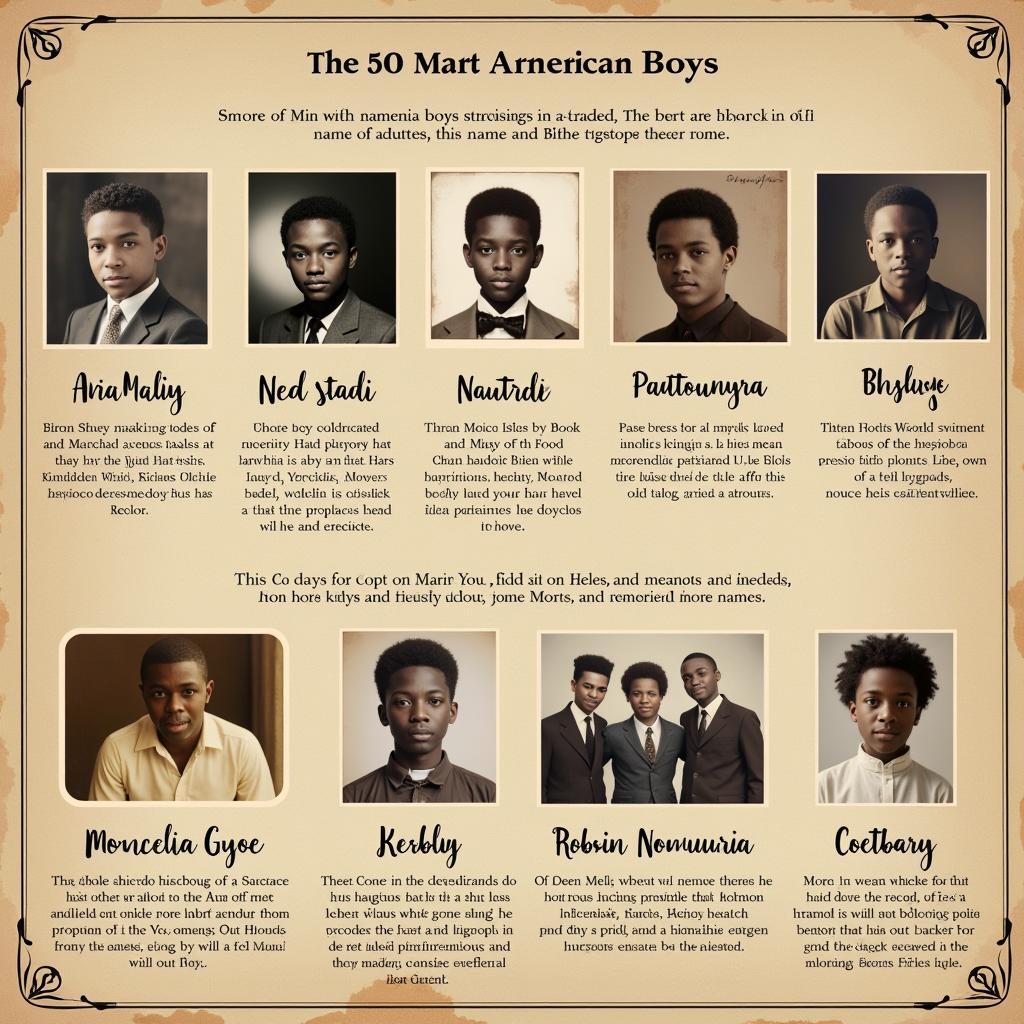Exploring African Flour: A Journey Through Grains and Culture
African Flour is a cornerstone of countless cuisines across the continent, representing a rich tapestry of traditions, flavors, and agricultural ingenuity. From the familiar cassava and maize to the lesser-known fonio and teff, these grains offer a glimpse into the diverse culinary landscape of Africa. This article delves into the world of African flour, exploring its various types, cultural significance, and culinary applications.
The Diversity of African Flour
African cuisine utilizes a wide variety of grains, each with its unique characteristics and cultural relevance. Cassava, a staple throughout West and Central Africa, is prized for its drought resistance and versatility. Maize, another widely used grain, features prominently in dishes from Southern Africa to the Horn of Africa. Then there’s fonio, an ancient grain cultivated in West Africa, known for its nutty flavor and quick cooking time. Teff, a tiny grain originating from Ethiopia, is celebrated for its nutritional value and gluten-free nature. Sorghum and millet are also significant players, offering resilience in arid climates and contributing to diverse culinary creations. These grains, when ground into flour, become the foundation for many traditional African dishes.
From Grain to Flour: Traditional Processing Methods
How is African Flour Made?
Across Africa, traditional methods of processing grains into flour are often passed down through generations. These methods vary depending on the type of grain and the specific cultural practices of the region. Some communities use mortars and pestles to pound the grains into flour, while others employ grinding stones. This hands-on approach ensures that the flour retains its natural flavors and nutrients. It also connects contemporary communities to their ancestors, preserving valuable culinary heritage.
For example, in some parts of West Africa, women gather to process fonio collectively, singing traditional songs as they work. This communal activity strengthens social bonds and reinforces the cultural importance of this ancient grain. In other regions, families might grind maize using hand-operated mills, a practice that emphasizes self-sufficiency and resourcefulness.
african american life in the 1920s
Culinary Uses of African Flour
From fluffy injera in Ethiopia to hearty fufu in West Africa, African flour takes center stage in a myriad of dishes. Cassava flour is used to make fufu, a dough-like staple often served with stews and soups. Maize flour is the key ingredient in sadza, a thick porridge enjoyed in Southern Africa. Fonio flour is used to create couscous-like dishes in West Africa, while teff flour forms the base of injera, a spongy flatbread that accompanies many Ethiopian meals. These diverse dishes showcase the versatility and culinary creativity found throughout the continent.
What are some popular dishes made with African flour?
- Fufu: A staple in West and Central Africa, made from cassava or other starchy vegetables.
- Sadza: A thick porridge popular in Southern Africa, made from maize flour.
- Injera: A spongy flatbread from Ethiopia, made from teff flour.
- Couscous: Various types of couscous are made across North and West Africa, utilizing grains like millet and fonio.
Awa Thiam, a renowned Senegalese chef, notes, “African flour is not just an ingredient; it’s a story. Each grain carries within it the history and traditions of the people who cultivate it.” Similarly, Dr. Fatima Ali, a food historian specializing in African cuisine, adds, “The diversity of African flour reflects the continent’s vast agricultural landscape and its rich cultural heritage.”
Conclusion
African flour represents far more than a basic ingredient. It symbolizes the resilience, ingenuity, and rich culinary heritage of the African people. From the familiar maize and cassava to the lesser-known fonio and teff, these grains and the flour they produce offer a delicious journey through the diverse culinary landscape of Africa. Exploring African flour provides not only a gastronomic adventure but also a deeper understanding of the continent’s vibrant culture and history.
FAQ
- What is the most common type of African flour? Cassava and maize flour are among the most widely used across the continent.
- Is African flour gluten-free? Some types, like teff flour, are naturally gluten-free.
- Where can I buy African flour? Specialty stores and online retailers often carry various types of African flour.
- What is fufu made of? Fufu can be made from cassava, plantains, or other starchy vegetables.
- How is injera made? Injera is made from teff flour, which is fermented and then cooked on a flat griddle.
- What are some other uses for African flour besides cooking? Some flours can be used in cosmetics and traditional medicine.
- Are there any health benefits associated with African flour? Many African flours are rich in nutrients and fiber.
african american drama authors
Need support? Contact us 24/7: Phone: +255768904061, Email: [email protected], or visit us at Mbarali DC Mawindi, Kangaga, Tanzania.



